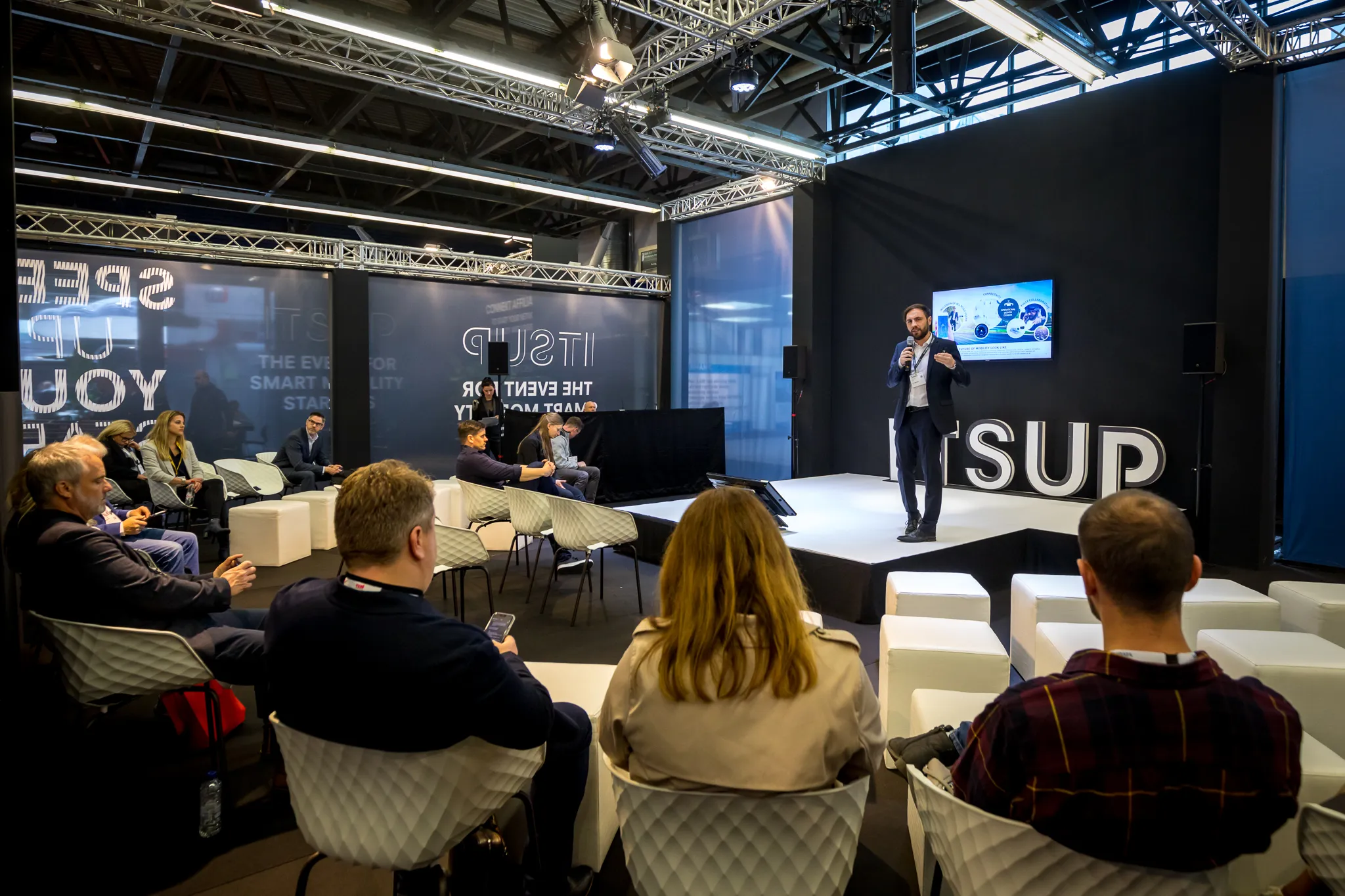By Adam Hill
November 27, 2020
Read time: 1 min

Companies will have to relax their grip on some proprietary tech in order to take advantage of the opportunities collaboration brings









